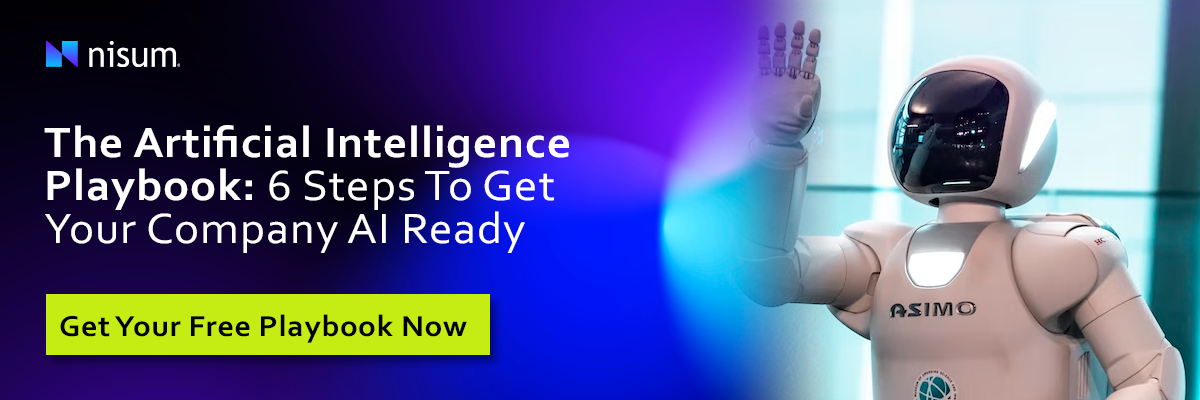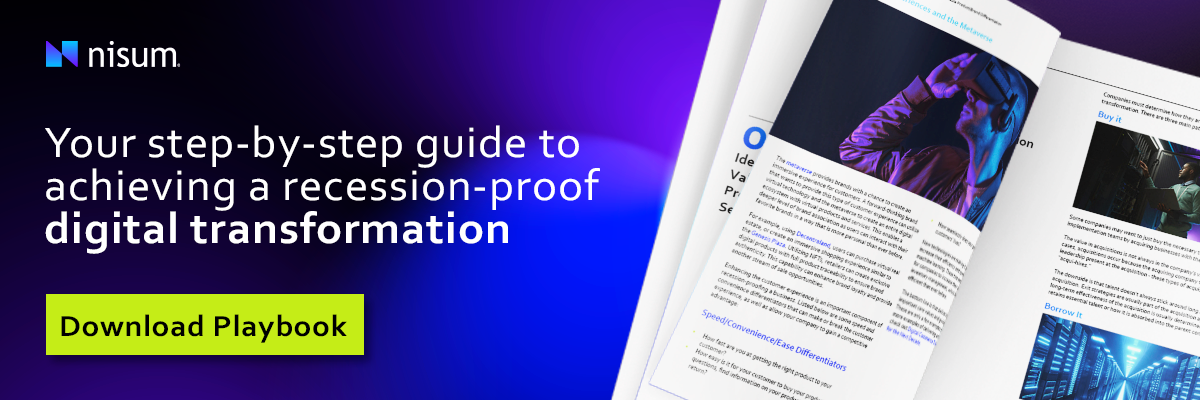 Picture Credit: Canva
Picture Credit: Canva
In today's rapidly evolving healthcare landscape, machine learning (ML) has become a powerful tool in enhancing patient care, streamlining operations, and driving innovative solutions. By leveraging large volumes of data to identify patterns, ML provides healthcare industry leaders with better insights to make informed decisions.
As quoted in Health IT Analytics, “With the right data, integration methods, and personnel in place, machine learning has the potential to advance clinical decision support and help providers deliver optimal care.”
Here are four ways machine learning can be utilized to help fight COVID-19:
1. Machine Learning Helps Identify At-risk Populations
Machine learning models can analyze vast datasets to identify populations most vulnerable to specific diseases. This gives data analysts a chance to create data clustering models that can pinpoint at-risk individuals based on various factors such as demographics, medical history, and geographical location. These data clustering models can help healthcare providers more efficiently allocate resources and personnel.
Machie learning also plays a critical role in treatment outcome predictions. By analyzing patient data, ML models can forecast the effectiveness of specific treatments, enabling doctors to prescribe more effective treatment plans with greater success.
2. Machine Learning Can Enhance Diagnostic Accuracy
In reference to COVID-19, the most common way to diagnose the virus is through use of a PCR (Polymerase Chain Reaction) test, but, the demand for diagnostic tests often exceeds the available infrastructure, making it crucial to find alternative diagnostic methods. Machine learning models can leverage non-invasive data sources, such as medical imaging or wearable device data, to pre-diagnose conditions accurately. For example, AI algorithms integrating chest CT findings with clinical symptoms and laboratory tests have shown promise in diagnosing respiratory illnesses.
One promising study used artificial intelligence (AI) algorithms to integrate chest CT findings with clinical symptoms, exposure history, and laboratory testing to diagnose patients who are positive for COVID-19 rapidly. Generative AI (GenAI) further enhances diagnostic capabilities by creating synthetic data to train ML models, improving their accuracy and robustness. This could prove a valuable triage tool, especially with low PCR test supply.
Additionally, GenAI chatbots powered with ML can provide contactless pre-diagnosis and offer instant information, enhancing patient care while reducing the risk of infection for healthcare workers.
3. Machine Learning Helps To Understand Disease Mechanisms
Machine learning is instrumental in understanding how diseases can interact within individuals. Researchers are able to develop new drugs or vaccines by mapping virus-host interactions.
In the past, effective drugs were developed against H1N1 using a map of interactions. Currently, there are many machine learning projects running all over the world to learn how the proteins inside our bodies interact with the virus. In one example, NVIDIA uses a graphics processing unit (GPU) deep learning to launch its Folding@home initiative. This initiative repurposes unused, community-sourced GPU time to run machine learning simulations on COVID-19’s viral protein. Folding@home’s goal is to learn enough about the virus to design therapeutics to counteract it.
Generative AI contributes by creating detailed 3D models of viruses, aiding researchers in studying virus replication and identifying potential therapeutic targets, which provides crucial insights for developing effective treatments and vaccines.
4. Machine Learning Helps Predict and Prevent Future Health Crises
Machine learning models can predict the spread of diseases by analyzing data related to case numbers, social behavior, and network interactions. This helps governments and health leaders make informed decisions to mitigate the impact of health crises.
Researchers can use machine learning to study the proteins and interactions of potential zoonotic diseases, identifying ways to prevent them from affecting human populations.
Generative AI can simulate various scenarios to enhance these predictive models, providing a more comprehensive view of potential future outbreaks and helping to develop strategies to prevent them.
Machine Learning Is A Vital Healthcare Tool
Standing at the forefront of healthcare innovation is machine learning, which offers powerful solutions to improve patient outcomes and operational efficiency. ML and Generative AI provide deeper insights and more effective solutions that can help the healthcare industry better prepare for and respond to current and future challenges. Contact us today to and learn how we can enhance your patient care by integrating Generative AI and ML into your tech stack.
How Nisum Can Help
If you are interested in leveraging machine learning for running complex algorithms and learning how Nisum can transform your insights and analytics capabilities, contact us.





